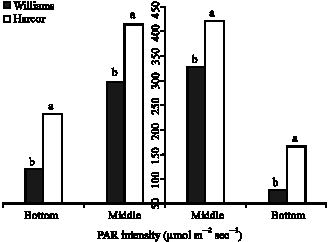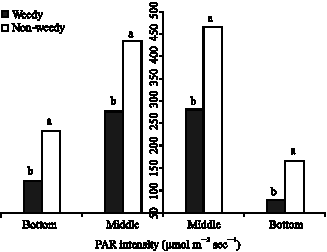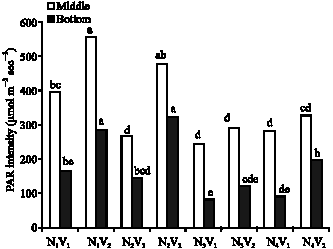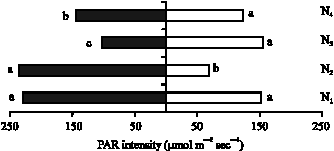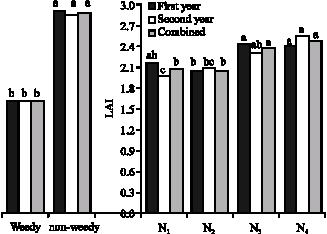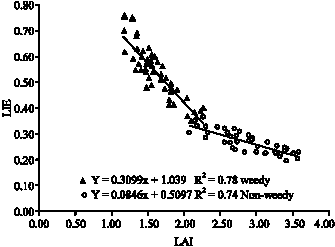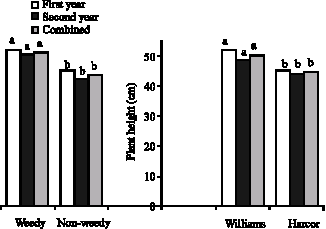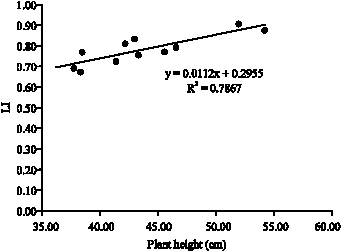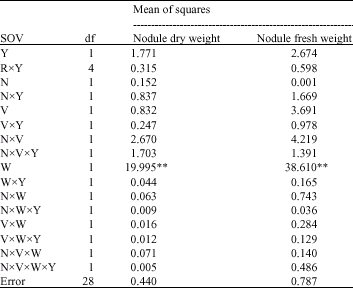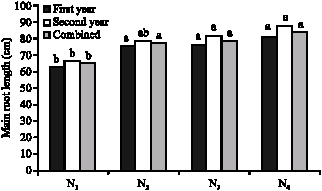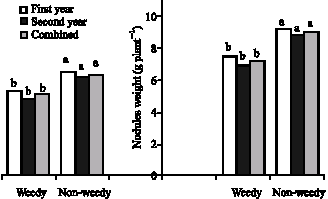Research Article
Practical Methods for Increasing Light Interception Efficiency and Root Growth in Soybean
Faculty of Agronomy and Plant Breeding, College of Agriculture, University of Mohaghegh Ardebili, Ardebil, Iran
R. Seyed Sharifi
Faculty of Agronomy and Plant Breeding, College of Agriculture, University of Mohaghegh Ardebili, Ardebil, Iran
A. Gholipouri
Faculty of Agronomy and Plant Breeding, College of Agriculture, University of Mohaghegh Ardebili, Ardebil, Iran











